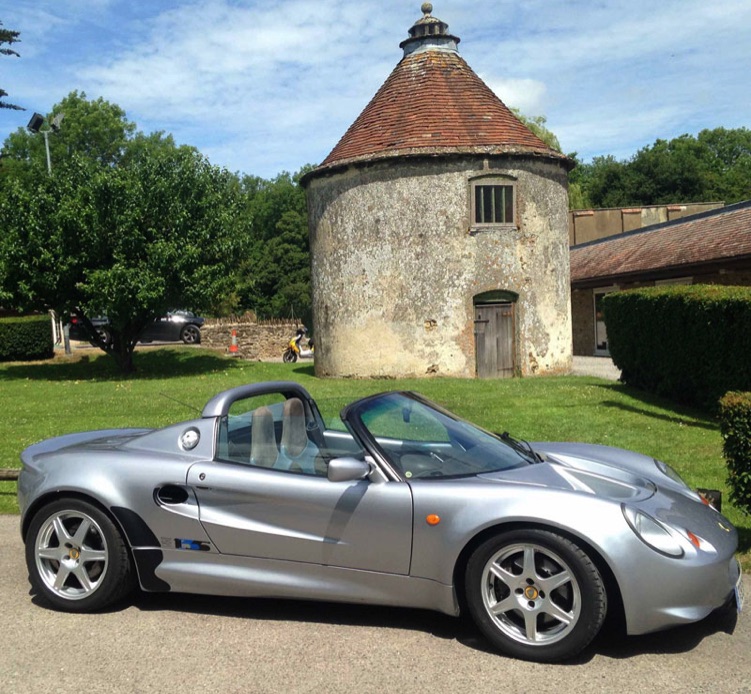
LOTUS ELISE
SEARCH AND RETRIEVE
In 2013 I sold two classics. I owned a 1958 Frogeye Sprite for three years and little over 4500 miles, retailed as a commission sale to fund body repairs on my BMW. However, the BMW 635CSi I’d had for 16 years to a total 168,000 miles demanded more body repairs. Big Bimmer was sold for peanuts, part-exchanged for a 2007 BMW 120d M Sport, which has been virtually faultless, despite trade ‘No Warranty’ purchase status at 117,000 miles: that BMW now displays 133,000. I felt more financially optimistic by late 2014, thanks to the reliability of that starter BMW.
The long 2-seater search began.
From UK to France and Belgium, via Guernsey, I researched, corresponded and less frequently inspected/drove. Finally, I bought my driving dream, just 40 miles from my home! Yes, it had to be two seats with manual folding soft top, but I bent those rules for too much of the search. Common sense showed a distinct preference for wrapping my car lusts in one vehicle.
The 135 Sport decal is one of the few external identity clues to factory low run model status
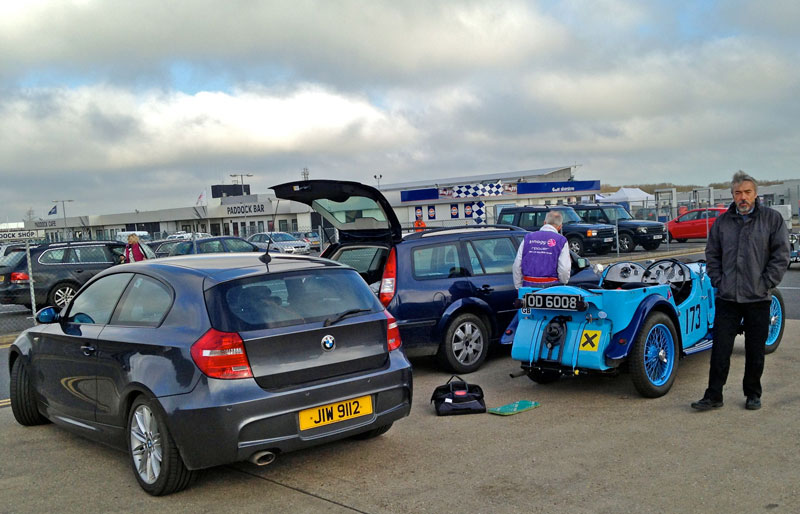
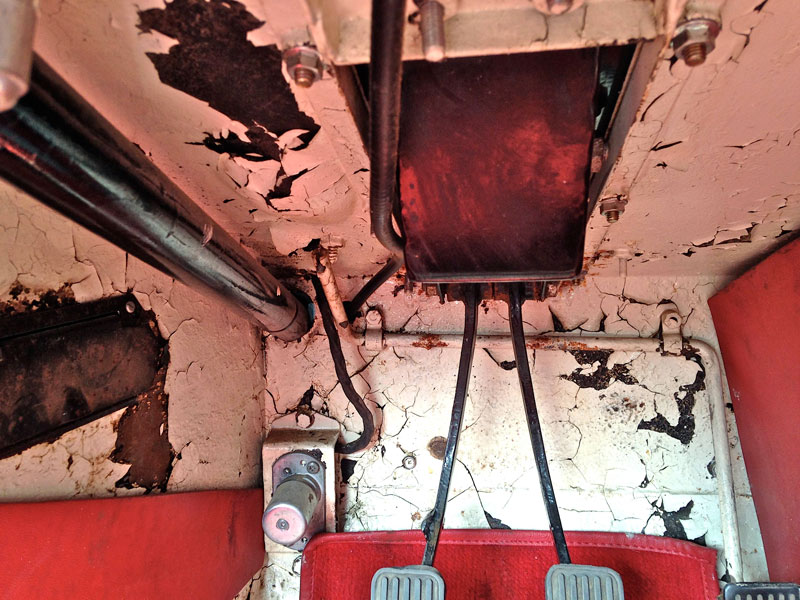
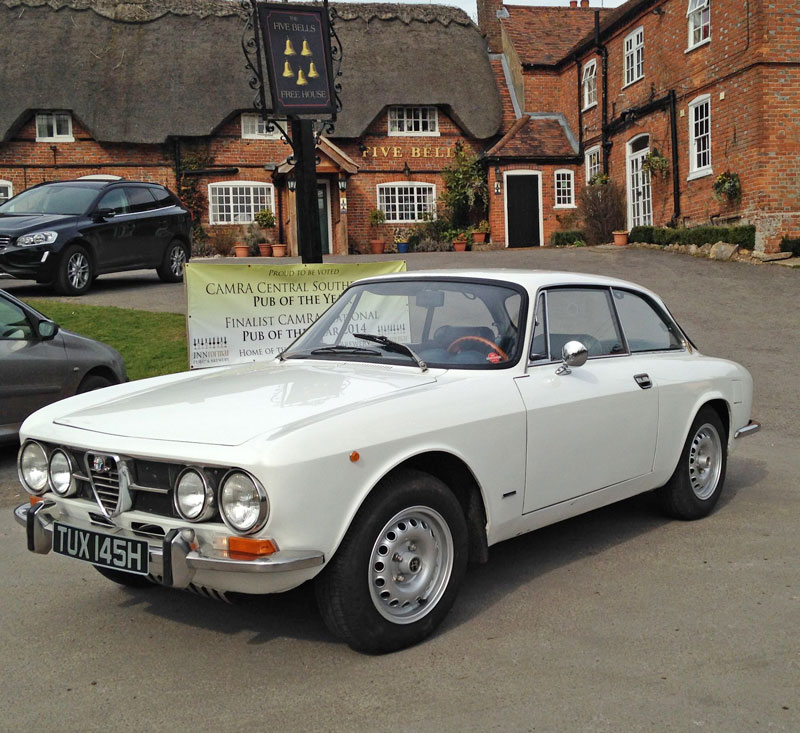
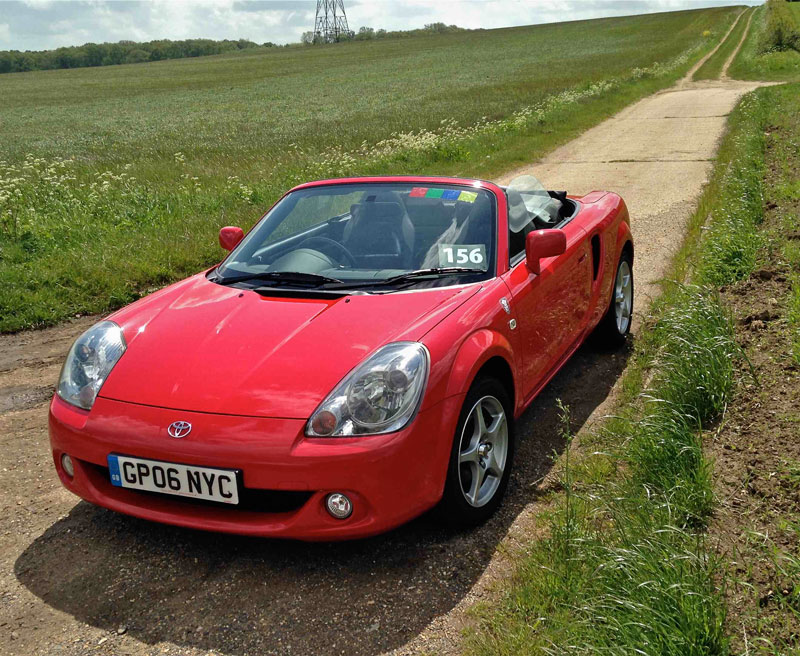

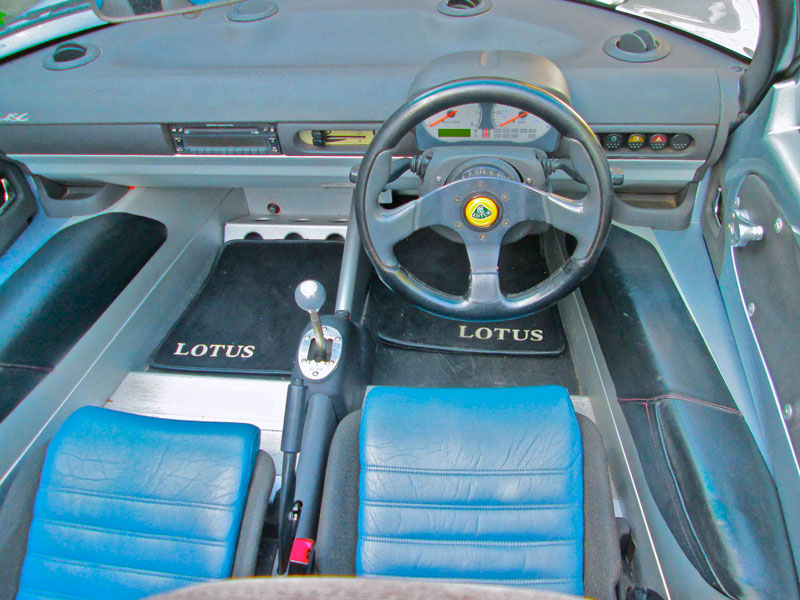
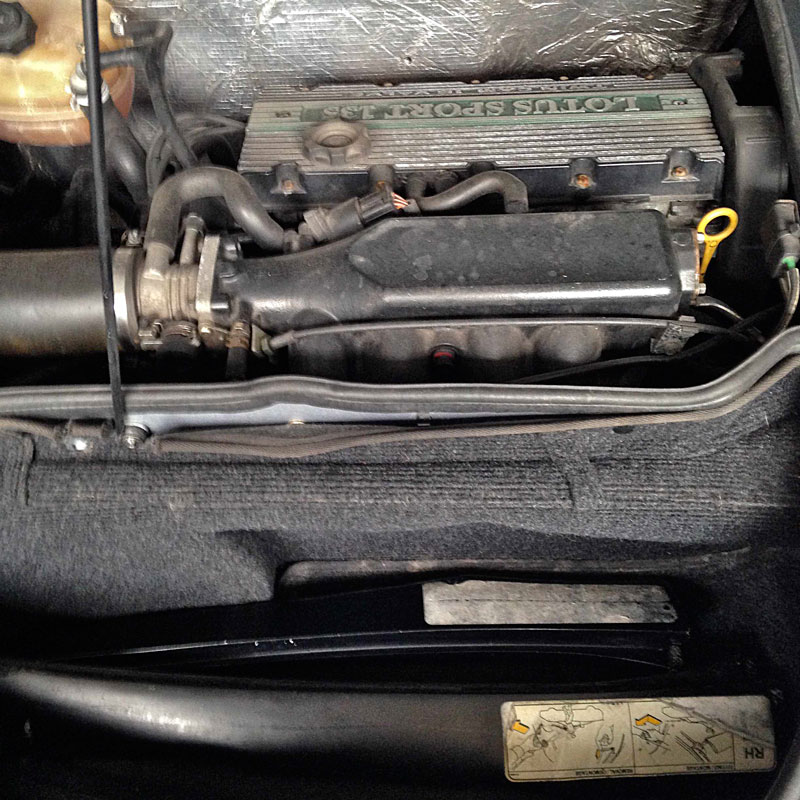
More civilized candidates were headed by Audi’s first edition TT Sport (no soft top) and various recent straight 6-cylinder Mercedes SLs, but they have a folding steel roof and (nearly always) an automatic transmission — not on this shopping list.
Once I swerved back on 2-seat/soft top territories, a battle between ancients and moderns took time to resolve. I paid a lot more attention to detail—body condition for the oldies and crashed/stolen/MoT history for machines dating from the 1990s onward.
I liked—and tested—the small, agile, formula of third edition Toyota MR2.
The second evaluation and inspection sessions were devoted to Porsche’s surprisingly cheap (secondhand) Boxsters in the £3000-10,000 band. On the Porker front I was staggered that I could get a good spec 3.2S Boxster with leather sets and some useful goodies within the £5000-8000 band.
What stopped me were scathing comments on the earlier, cheaper models (roughly up to 2003) and some violently opposing forum comments on reliability, but all agreed how big any bill could be…
A first hand 3.2S inspection of a £6995 Boxster was mildly depressing. The valuation of my BMW at a large but shark-like secondhand operation was disturbing when they offered less than webuyanycar.com! I knew the Boxster was a sweet drive back in the 2.5-litre days of unreliability, but I just couldn’t face a test drive when I could see odd tyres, rusted discs and layers of dust that betrayed a Jurassic period occupation on said city forecourt.
Next up I went to an established classic dealer—Valley Cars & Classics not far from M4 junction 14—in pursuit of a 1275 Spridget that wore glassfibre panels in traditional Frogeye Sprite style.
I drove and inspected not just that 1275 faux Frog but also a 1750 Alfa GTV that caught my eye: I do have the trad media soft spot for (some) Alfas.
The Frog was a good idea and I liked it as a practical answer to many original snags—especially the lightweight bonnet that tilts forward, which beats hauling a heavy and clumsy steel item up onto wobbly props. I loved the Alfa drive more with a 5-speed box and 4-wheel discs, plus the 1275 Spridget was under offer. Subsequently checked out values and thought £17.5K was a bit steep LHD, so left without buying that GTV.
Although I did not really want a Frogeye again in 948cc trim, I looked at them afresh and 1275 Spridgets. Or Frogeyes that had the 1275 unit, preferably mated to a taller rear axle ratio and front disc brakes. A succession of Spridget sessions intervened and failed in my eyes before I decided to look at a Frog again. More precisely, a trio. A dealer’s superbly presented late 948 appealed. Complete with hard top and hand-finished clamshell bonnet at a hard-negotiated sniff over £13,000 it was more than I wanted to spend.
A friend of a friend, who had racked up over 20 years with another late run 1960s Frog that had been a Concours winner, allowed a very thorough drive and inspection day. Sadly this historically appealing Frog—with paperwork back to the first (free!) service had not been protected under its show paint. That Frog’s £8,000 lowest selling price did not balance with a precisely estimated, (extensive digital pictures and a sound body shop) additional quote of a ‘minimum £5000’ restoration bill. I would have to complete many unsocial hours of donkey preparation at that minimal money. I subsequently heard the estimates for that Frogeye had escalated to £17,000…
Of the original 1960s MGs and Sprites from £3000 project to £8850 shiners, I investigated a BRG Guernsey one-owner example. I found there are VAT advantages to restoration work on the island, but thought there was too much to do versus negotiated price at a pedigree classic dealer.
I inspected a 1275 from the early 1970s with another recognised expert. Even without expert co-inspection I would have rejected bubbled paint and creeping boot rust. I never saw a private sale Spridget without visible paint blemishes or saggy doors/side sills.
As Spring 2015 displayed bright, chilly, days the last of the MR2s blipped onto on my radar, again. I got lucky and drove the 30-year run-out 2006 special edition MR2 that Toyota UK kept. I was impressed at the agility and decent acceleration. Toyota UK were very informative with buying tips, but…BUT it just did not quite do it for me as a civil saloon rather than dynamic sports ride.
Found I wanted a whiff of something hardcore with wheel life thrills. Remembered I’d ordered a basic 118 hp Lotus Elise in the run-up to 1996 production: started to look around at what I could buy in 2015. I had seen a smart 1-owner Elise 111S from 2000 at a local Morgan specialist, so I started with that as I had decided that I wanted a Series 1 original Elise with lower run/higher power status for driving pleasure and retained value reasons.
I was surprised to rediscover how flexibly quick the Elise is in that elevated 143 bhp trim, but the ride was far harder than I remembered. A look through the extensive documentation deterred me on two accounts: there was some track-orientated hardware (non-cat exhaust and suspension components) and the car had originally come in from Holland.
There was a good reason for that, but I found it was not unknown for original Elises sold in UK in higher power formats to have actually been unused imports. I seem to recall that the initial homologation crash tests for Elise were conducted in HollanD. That 111S was also several thousand beyond my target budget. As we negotiated for a more favourable price, a PistonHeads classified revealed that there was a rarer still factory-built 135 Sport Elise S1 up for private sale under 40 miles away, well within my budget.
I had enjoyed the 135 horsepower enhancement in the S2 Elise, where the solid power band from 2000 rpm to 5000 is as welcome as the extra 17 horses. That power level from a K-series Rover motor is cheaply available in the MG-F/TF, many of which get scrapped, so I could pick up another motor and transmission in very similar trim if the worst of Lotus reputation struck…
The key factors in making that purchase swiftly possible were that I loved the additions to Sport spec (detachable Momo wheel, leather inserts for the higher spec seats, on-board charger system) and I trusted the financially competent lady vendor. The fact that her Lotus had fresh Toyos on refurbished wheels and that a trusted and experienced Lotus dealer (Oakdene now, was Christopher Neil Lotus: one of the most experienced Lotus dealers in the UK) vouched for it’s matching numbers status as a genuine factory-build.
That means this 1999 Elise was part of the second factory run of 135 Sport Elises, this 30-off batch differing in many details from the first 50 off the Hethel hand-built lines.
Jeremy Walton
More about that and early ownership experiences in:
